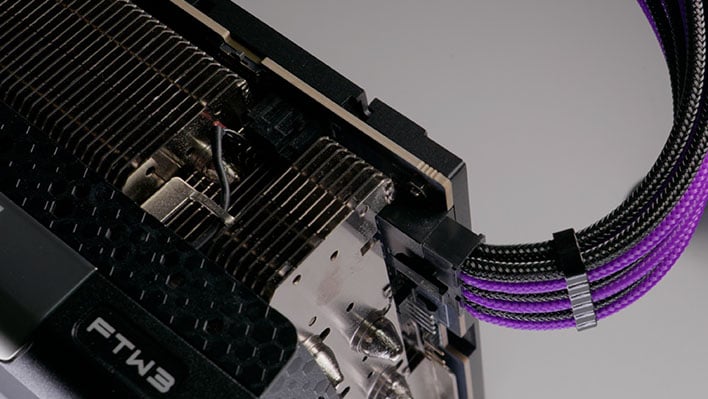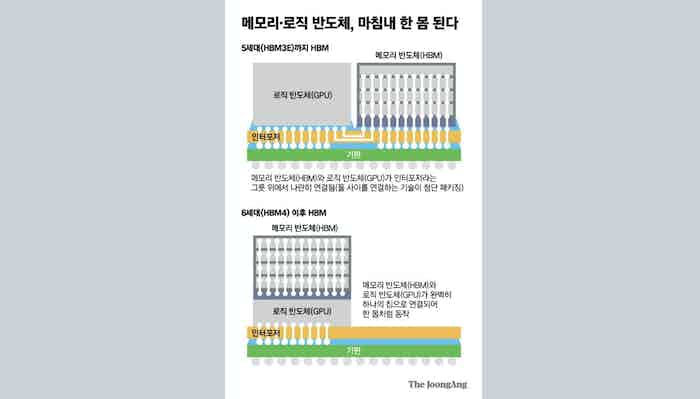NVIDIA And SK Hynix Allegedly Team Up On Major GPU Overhaul With Stacked HBM4 Memory

The mighty GPU is shaping up to be one of the most significant innovations of human technology during the last few decades. While games such as Alan Wake 2 demonstrate visual chops that can often mimic reality, there is much more at stake here. With the advent of artificial intelligence, the need for as much computing power as imaginable is relentless.
One key area of focus that can determine the acceleration of progress in the future will revolve around the GPU's memory. Gamers are well aware of VRAM and how it can affect resource intensive games when it is too limited. Likewise, super computing applications have an even greater need for potent memory. With SK hynix and NVIDIA potentially working on HBM4 with a stacked 3D structure, a glimpse into the future is at hand if true.

One key area of focus that can determine the acceleration of progress in the future will revolve around the GPU's memory. Gamers are well aware of VRAM and how it can affect resource intensive games when it is too limited. Likewise, super computing applications have an even greater need for potent memory. With SK hynix and NVIDIA potentially working on HBM4 with a stacked 3D structure, a glimpse into the future is at hand if true.

This type of stacking technology is a novelty in the GPU sector, but some aspects of it have already been done in the CPU arena. AMD has given us some excellent 3D V-Cache processors such as the Ryzen 7 7800X3D, which produce chart-topping gaming performance. SK hynix has a similar idea in its method of stacking the HBM4 memory directly onto the processors. SK hynix aims to improve the dialog between them, removing the need for a traditional interposer alongside the components.
Interposers are what are used currently to connect both the memory and processor, using a 1028-bit interface. Removing this step of the process using the HBM4 memory stacking technique will make it a more simple process. This will also require its substantial heat output to be mitigated. HBM memory, like most high-end memory types that will work in demanding environments, pulls significant power. Finding ways to properly cool these designs while making the process efficient will be the key to its success.
While this HMB4 stacking technology is still in the early stages, it holds promise for the future. NVIDIA plans to accelerate its growth as aggressively as possible, especially with the advent of AI becoming a worldwide phenomenon. While traditional methods of building these hyper-GPUs work for now, if progress is to continue at the same pace, these new developments will be vital.
Interposers are what are used currently to connect both the memory and processor, using a 1028-bit interface. Removing this step of the process using the HBM4 memory stacking technique will make it a more simple process. This will also require its substantial heat output to be mitigated. HBM memory, like most high-end memory types that will work in demanding environments, pulls significant power. Finding ways to properly cool these designs while making the process efficient will be the key to its success.
While this HMB4 stacking technology is still in the early stages, it holds promise for the future. NVIDIA plans to accelerate its growth as aggressively as possible, especially with the advent of AI becoming a worldwide phenomenon. While traditional methods of building these hyper-GPUs work for now, if progress is to continue at the same pace, these new developments will be vital.

